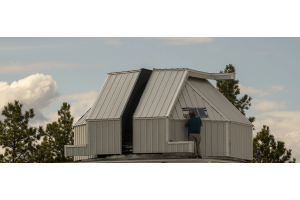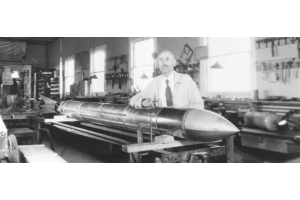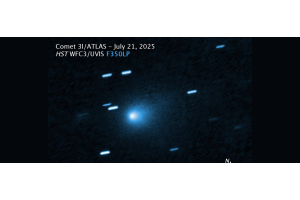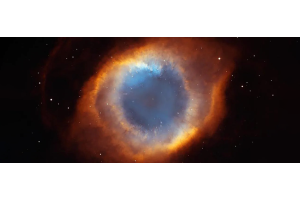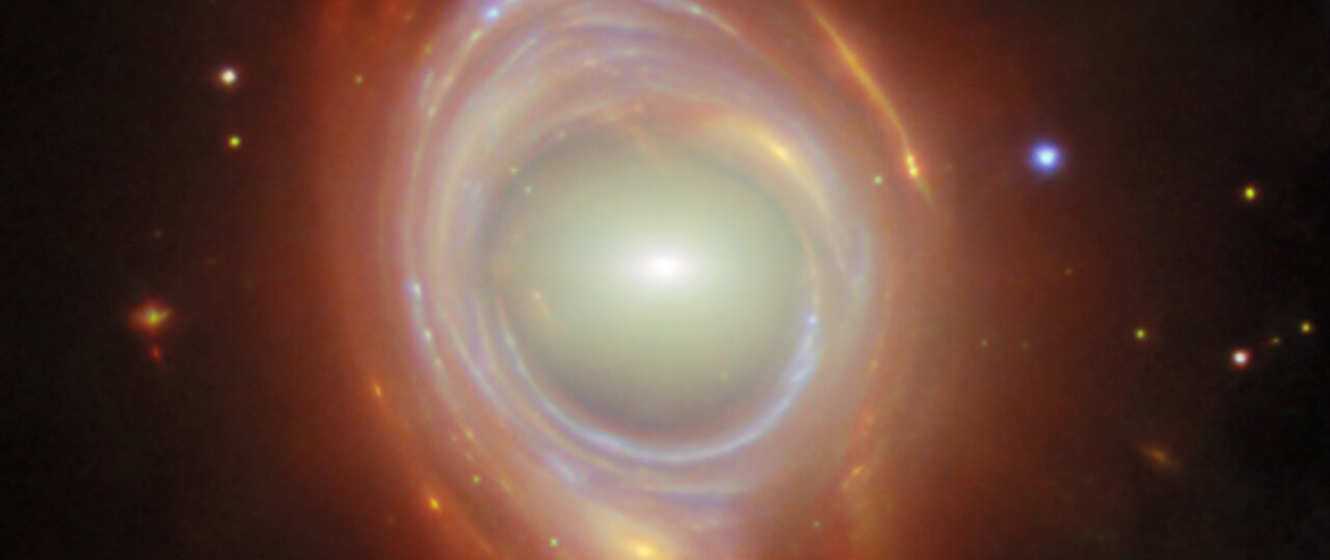
Albert Einstein's theory of general relativity revolutionized our understanding of gravity as a curvature of spacetime caused by mass and energy. One of the predictions that Einstein theorized was the phenomenon of gravitational lensing, where massive objects, like stars or galaxies, could bend the light from more distant objects, acting as a lens. Einstein believed that the gravitational field of a massive body would deflect light rays passing nearby, potentially causing distant stars or galaxies to appear distorted or even magnified to an observer on Earth. Einstein suggested that if a massive object were perfectly aligned with a background light source and Earth, it could create a ring-like image—now known as an Einstein ring – as the light is bent symmetrically in all directions around the massive object. The size of the ring depends on how massive the lens is and the distances involved, with more massive objects producing larger rings.
The first confirmed observation of gravitational lensing in space came decades later, in 1979, when astronomers Dennis Walsh, Robert Carswell, and Ray Weymann identified a pair of quasars that appeared unusually close together in the sky. Using the Kitt Peak National Observatory in Arizona, they studied the twin quasars, known as QSO 0957+561 A and B, and found that their spectra were nearly identical—suggesting they were not two separate objects but rather two images of the same quasar, split by the gravitational influence of a massive foreground galaxy.
Since this time, we’ve found many such examples of gravitational lenses with the help of NASA’s Hubble Space Telescope and now the James Webb Space Telescope. Webb’s latest image belongs to the galaxy cluster with an easy-to-remember name – SMACSJ0028.2-7537. Here one sees an example of relativity in full effect. This is an image of two galaxies taken with Webb’s NIRCam instrument. The light from the background galaxy is being gravitationally lensed by the foreground galaxy, creating a ring effect. This lensing is possible because the very fabric of the universe itself is bent by gravity. Not only does this bending result in a really cool effect, but it also magnifies the background galaxy, helping us to research and understand galaxies otherwise too far away for even Webb to observe.
The Webb data used in this image is being collected as part of a survey known as the Strong Lensing and Cluster Evolution (SLICE) survey, aiming to observe 8 billion years of galaxy cluster evolution targeting 182 galaxy clusters. The image above also incorporates data from Hubble to produce a beautiful and scientifically beneficial image. We look forward to seeing more images of Einstein rings from the JWST team in the future!

Learn More
Interested in diving deeper into the world of astronomy? Check out our AstronomyHub for a wealth of articles, guides, local resources for planetariums and observatories near you, and more to enhance your stargazing experience.








